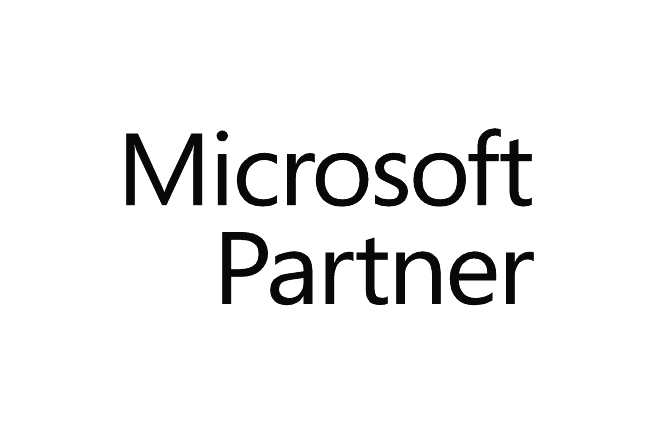Contents | - How to use OneDrive
- Creating, uploading, and editing files
- Sharing and how to manage existing shared documents
- Coediting (online, desktop, and mobile apps)
- Shared file section (with me and by me)
- The two recycle bins
- Searching in OneDrive and in the Microsoft 365 home page
- Discovering Microsoft 365's intelligent search engine
- Distinguishing between the online and desktop versions
- Understanding differences between Microsoft 365 Groups and Teams groups
- Conversations in Outlook
- Group calendar in Outlook
- Why and how to follow the collaboration site
- How to use Teams
- Creating a team (Who can create? Creating via Teams and via Microsoft 365 admin)
- Creating a team from an existing Microsoft 365 Group
- Creating a team from another Teams
- Creating and managing channels
- Understanding Show/Hide
- Understanding the File tab and its associated SharePoint library (impact of folder location, renaming a channel)
- Finding and managing the team Recycle bin
- Viewing documents versions
- Different ways of sharing in Teams
- Understanding secure channels
- Creating and managing tabs: OneNote, Planner, Viewers, and other web content
- Editing the team and managing members in Teams
- Managing members in Microsoft 365 admin
- Understanding the roles in Teams: owners, members, and guests
- Searching in Teams
- Instant messaging (Chat) and files
- Understanding how Teams integrates Microsoft 365 Groups and other apps for teams:
- Planner
- Forms
- SharePoint
- Streams
- Power BI
- Outlook (Groups)
- Discovering tips and tricks for users
- Quickly saving files from the desktop
- Sending attachments and links from Outlook
- Understanding the mobile apps
- Teams
- OneDrive, Office, SharePoint
- OneNote
- Word, Excel, PowerPoint
- Outlook
- Managing "My Account"
- Software, subscriptions, security
- Coaching the support team to assist users
- Understanding the functionalities that are commonly problematic for users
- Knowing how to assist users in a "VUCA" paradigm: volatile, uncertain, complex and ambiguous.
- The Cloud is constantly evolving, changing and is perpetually updated. It is important to prepare support teams to this context.
|

